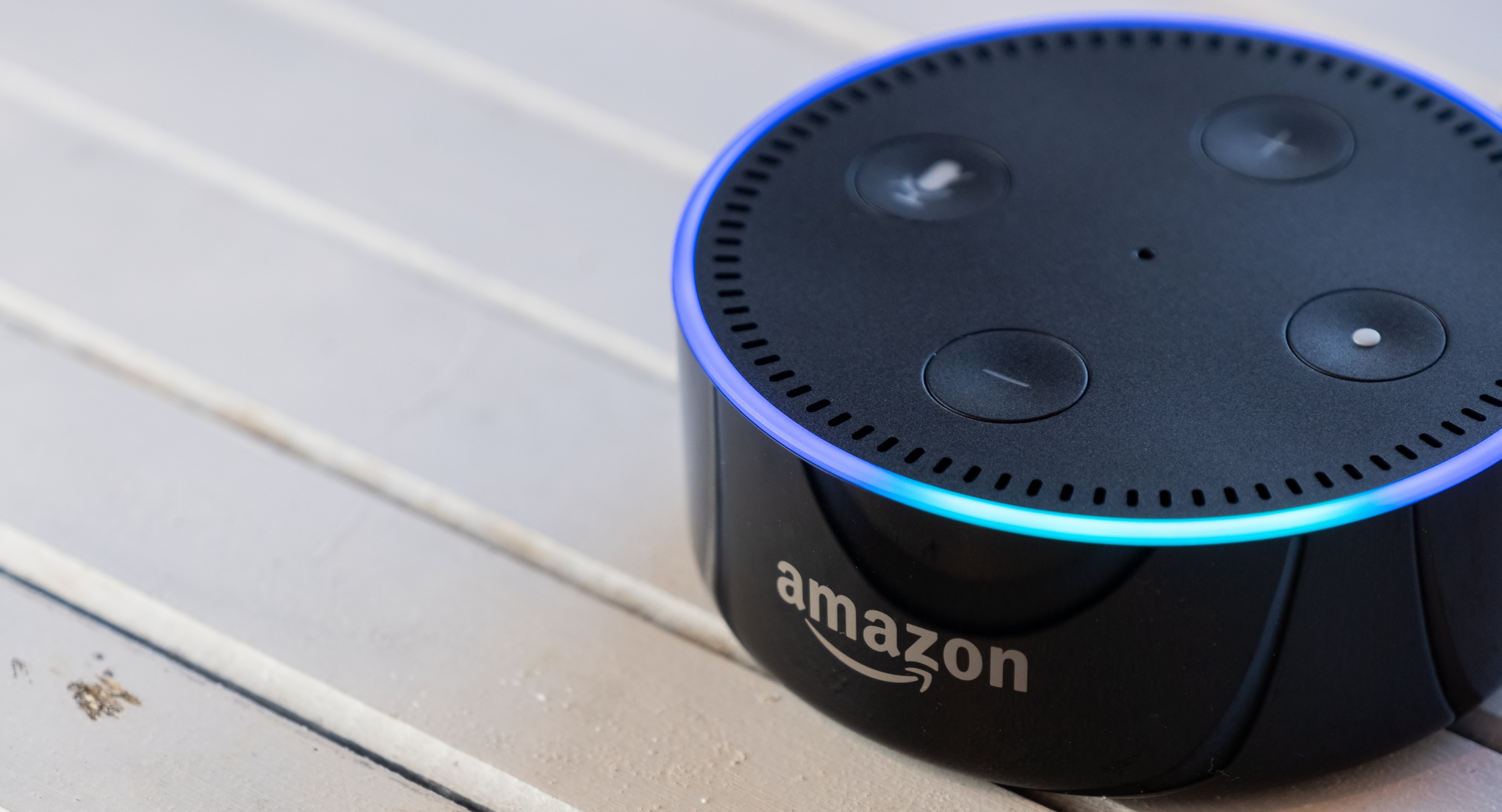How Storytelling Shapes The Customer's Journey
Learn how Regions Bank Perfected their customer journey
The interactions a customer has with a brand is now made up of multiple touchpoints, both offline and online. As a result, customers now have heightened expectations of the brand exposure they are receiving. They expect any advertising, marketing, and branding to match their unique needs and interests. Without this component, brands may fail to get their attention and business.
To live up to the challenge, marketers must leverage this need for unique messaging to create compelling creative campaigns that tell a cohesive story throughout the marketing and sales funnel. They must be able to connect with customers.
The Omnichannel Customer Journey
The best storytellers create fluid messaging that meets customers wherever they interact with a brand. Whether it’s in-store, through social media, or via content, a good story helps customers learn more about the company’s products and services in the places they prefer. This leads to an increase in brand awareness, sentiment, and trust.
The customer journey from awareness to conversion is usually the same across multiple industries (with what constitutes a conversion usually changing). According to Altimeter as mentioned by Brand Quarterly, the customer journey consists of the following steps:
- Awareness
- Consideration
- Evaluation
- Purchase
- Experience
- Loyalty
- Advocate
As a customer moves through these steps, they will likely interact with a brand through multiple channels and platforms, thus creating a need for an omnichannel marketing strategy. Authentic storytelling has a unique opportunity to be a part of each step in the customer journey. But in order to be effective, it needs to reflect what a customer is looking for at each step. It must meet customer expectations.
Customer Expectations
In order for today’s modern customer to move through the journey cycle, they have expectations on what to see and receive from a brand. These areas include:
- Relevancy: the information a brand puts out must be relevant and interesting to that customer’s unique needs and interests.
- Personalization: the messaging and information should be personalized to that user so it directly applies to what they are looking for. This includes names, titles, location, and past purchasing history.
- Brand Value: The brand much be reputable in the industry and its products and services must be of worth to the customer.
If a brand doesn’t meet these expectations, then customers will lose interest. The good news is advertising and marketing are predicted to become more and more personalized, just like Steven Spielberg predicted in his film Minority Report. From dynamic CRM to ad targeting based on past behavior, customers are beginning to rely on personalized marketing to make purchasing decisions.
Amazon is a good example of this. Their recommendation section that users see throughout the site has increased sales significantly. Rejoiner reports that 35 percent of Amazon’s income is from its product recommendations based on a user’s browsing and shopping history.
The bottom line is this: the more specific a brand can be to a user’s interests and needs, the more likely they will end up getting a sale.
How Does Authentic Storytelling Tie Into the Customer Journey?
We know storytelling is important so how can we use authentic storytelling in omnichannel campaigns? Storytelling is simply illustrating points about a brand’s history, offerings, customers, or experience in its industry through a narrative tale instead of outlining the black and white points. This can create a more meaningful and impactful experience with a brand.
For instance, take Chipotle’s animated short about where food comes from:
The video resonated with many of Chipotle’s customers because they care about eating “clean” ingredients from reputable sources. This story-focused asset was shared millions of times more than a standard page with a list of the ingredients Chipotle offers ever would.
While the animated short did get a fair share of critical reviews (due to agriculture in America being such a controversial topic), it is still a great example of using storytelling to convey what your company is about. In this instance, Chipotle was promoting their stance on “cultivating a better world.”
This type of storytelling ties into all steps of the customer journey:
- Awareness: Someone likely learned about Chipotle through this viral content.
- Consideration, Evaluation, and Purchase: Someone may be more likely to consider eating at Chipotle than they would previously due to its values.
- Experience: Eating high-quality sourced food at Chipotle is an experience that is different from its competitors, which is valuable to its target customers.
- Loyalty and Advocate: The meaning behind the video ties closely to customers’ reasonings behind eating at Chipotle as opposed to other food chains. Because this is a personal interest, they are more likely to share Chipotle’s animated short and talk about Chipotle than they would other restaurants.
How Storytelling Showcases Brand Value
Besides showing what it stands for, storytelling can also showcase the value a brand brings to its customers. This is usually best done for many brands through customer case studies and testimonials. Testimonials provide a unique opportunity to help potential customers see themselves in a company’s current customers.
Take this example for a pilates studio:
A potential customer can see how this couple’s injuries have improved with the studio and might consider trying it for their own aches and pains.
Testimonials also build brand value by establishing credibility and social proof. Potential customers see that others are using a product or service (and enjoying it) and it motivates them to do the same.
How to Use Storytelling to Align Customer Interests and Needs With Offerings
Telling stories about brand experiences and values will always resonate, but brand messaging through storytelling can also shift depending on what a target audience is really looking for.
Using the pilates studio example above, someone who is looking to lose weight isn’t going to be interested in Pilates for injury recovery. In that instance, the studio should create another testimonial video focused on how they have helped their clients with weight loss.
When deciding what types of stories matter to a brand’s audience, they should consider:
- Why would someone look for what we have to offer?
- What problem are we solving for our customers?
- How is our product or service better than our competition?
Answering these questions can help brands begin to outline the types of stories they want to tell. When adapting to current marketing trends and shifting strategy to accommodate the changing values customers have about the brands they buy from, marketers can use storytelling to sell to customers in a meaningful way.
How to Measure Effectiveness
Efforts like storytelling in marketing would be useless if they aren’t measured properly. Without the correct measurement, there is no way to gauge their effectiveness and if their intended message was received properly by the target audience. The customer journey should be matched with accompanying data points that help track each person’s path through each step.
Unified marketing measurement should be implemented to not only track data from customers on multiple platforms, but to also show better ROI that encompasses all marketing efforts.
When creating stories, whether it’s through actual customer case studies or personifying a company as Chipotle did, brands can better shape the customer journey. By meeting customer expectations through more relevant content, brands will see a stronger conversion rate through the marketing funnel. This leads to more engaged customers that are passionate about who they are buying from.




















